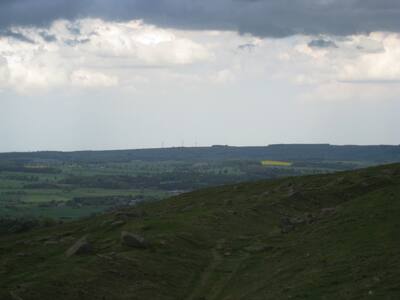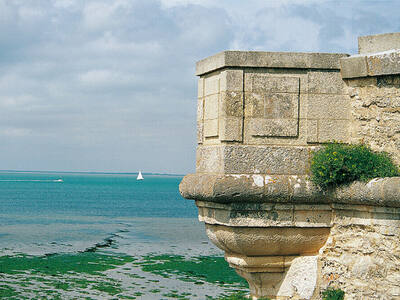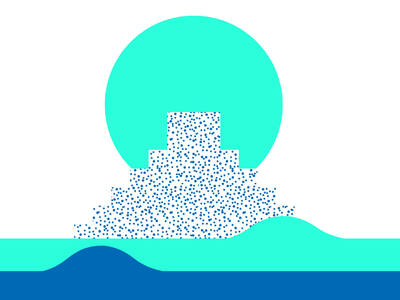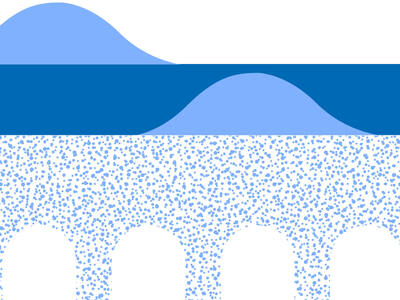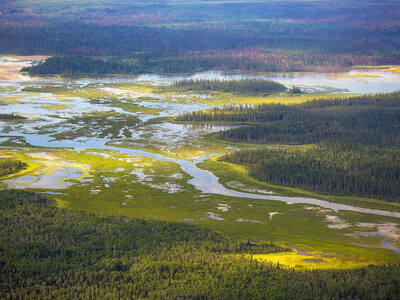
Case Study: Assessment of cumulative impacts of multiple developments near a World Heritage property
In 2016, the World Heritage Committee requested Canada prepare a Strategic Environmental Assessment (SEA) for the World Heritage property of Wood Buffalo National Park to assess the cumulative impacts of all ...
Note 3 – Identification des détenteurs de droits et autres parties prenantes, et outils d’engagement
Identifying rights-holders and other stakeholders is a key activity to better understand the relationship between communities and individuals with a property. The identification of rights-holders and other ...

